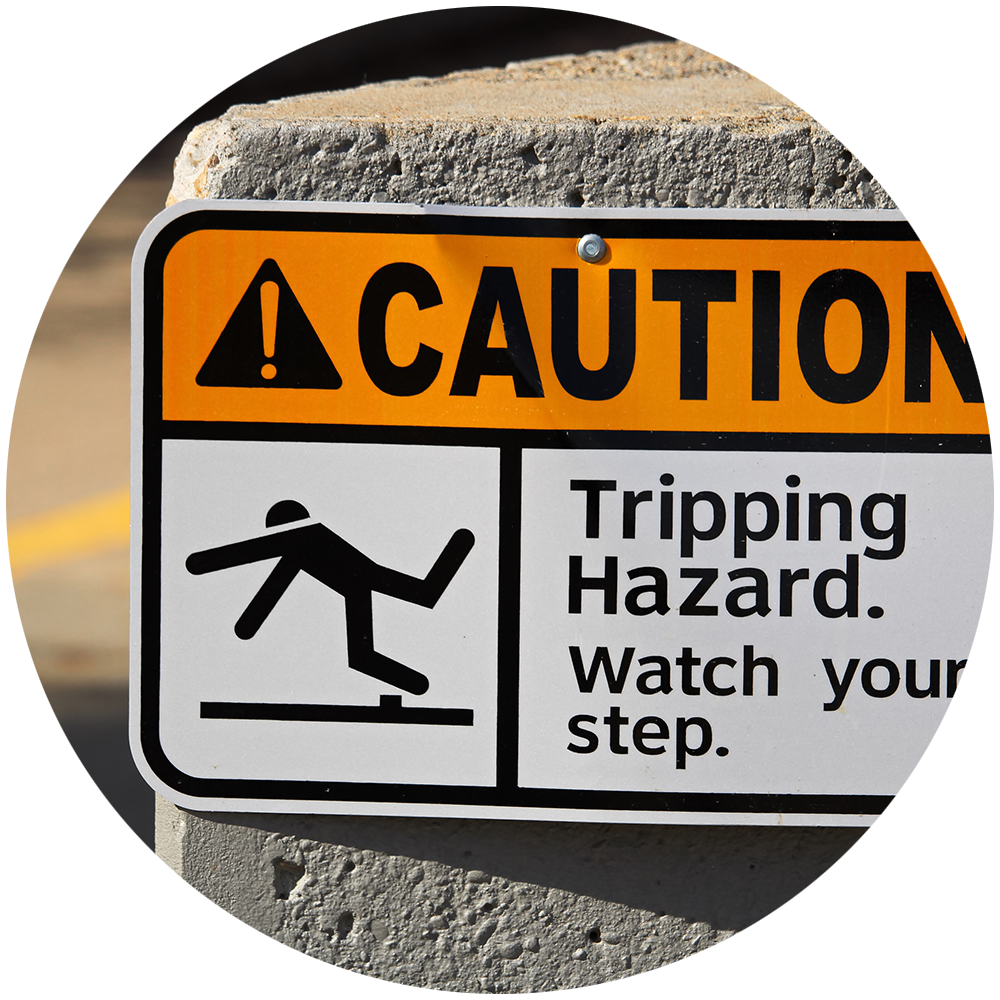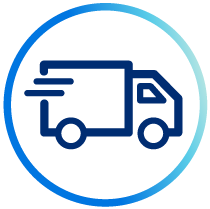Let’s Transform Your Warehouse Facilities
High-quality signage
Do your employees have trouble finding products in your facility? Are safety warnings and notices fading just weeks after installation?
Reliable products
When you work with inferior warehouse signage, you put operations at risk. With GO2 Partners’ warehouse signage products, you’re working with the most reliable products on the market.
Save time and money
When you work with inferior signage, you need replacements at least every few months. With a better signage solution, you can save time and money and better support the team working in the warehouse.
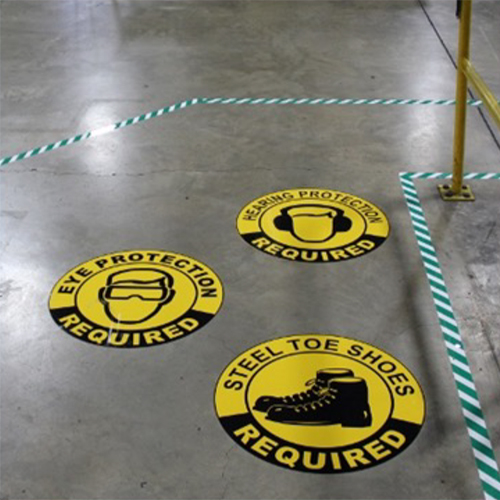
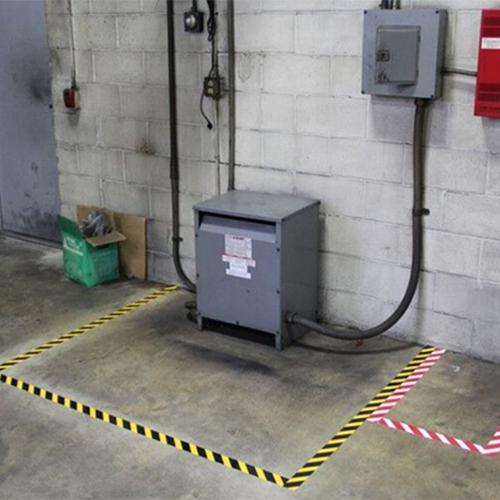
Durable IRONmarker signage
GO2’s premium IRONmarker products are the ideal print media, peel-and-stick signage solution for smooth interior floors and rough exterior environments. IRONmarker Ultra is made durable and designed to be forklift-resistant with sub-surface printing so your message won’t fade. IRONmarker Smooth offers durable print signage designed for walls, while IRONmarker Grip provides floor signage that won’t fade with ASTM coefficient of friction and slip-resistant standards. IRONmarker Asphalt is signage designed for both vehicle and foot traffic and built to last for 12 months or longer.
Stay compliant with the latest regulations
Complying with safety regulations is an important part of running a warehouse. When you fall behind on these compliances, you face fines or, worse, serious injuries and liability. Work with GO2 to ensure that your facility meets all relevant safety standards.
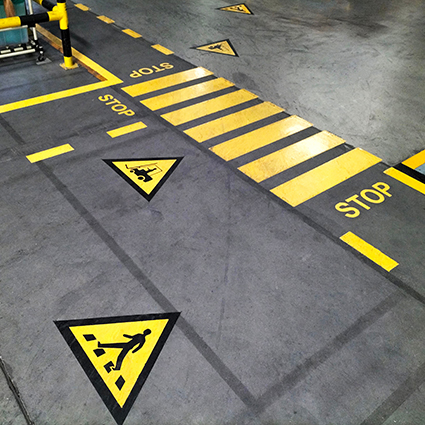
Increased operations efficiency
When employees and visitors aren’t sure where to go within your facility, it can lead to confusion and lost time. Better-designed signage helps direct traffic flow and makes for better operations. Operational capacity increases as you work faster and more efficiently.
RFID labels and technology
Think of radio frequency identification (RFID) labels as smart signage for your facility. They wirelessly make locating products easier. RFID labels and scanners can vastly improve how you find, manage and move products through your warehouse or storage facility. To learn about how these labels can enhance your business, contact GO2.

Access to Resources and Expertise
Kitting & Fulfillment
Support your business campaigns with convenient fulfillment services.
Don’t Wait to Give Your Business the Tools It Needs to Succeed
If you’re tired of inefficiency, constantly replacing your warehouse signage, falling short of safety regulations and misplacing products within your facility, contact GO2 Partners today. Our experts provide the highest-quality warehouse signage products and understand how to leverage top-quality signage with warehouse operation and safety expertise.
Latest News and Information
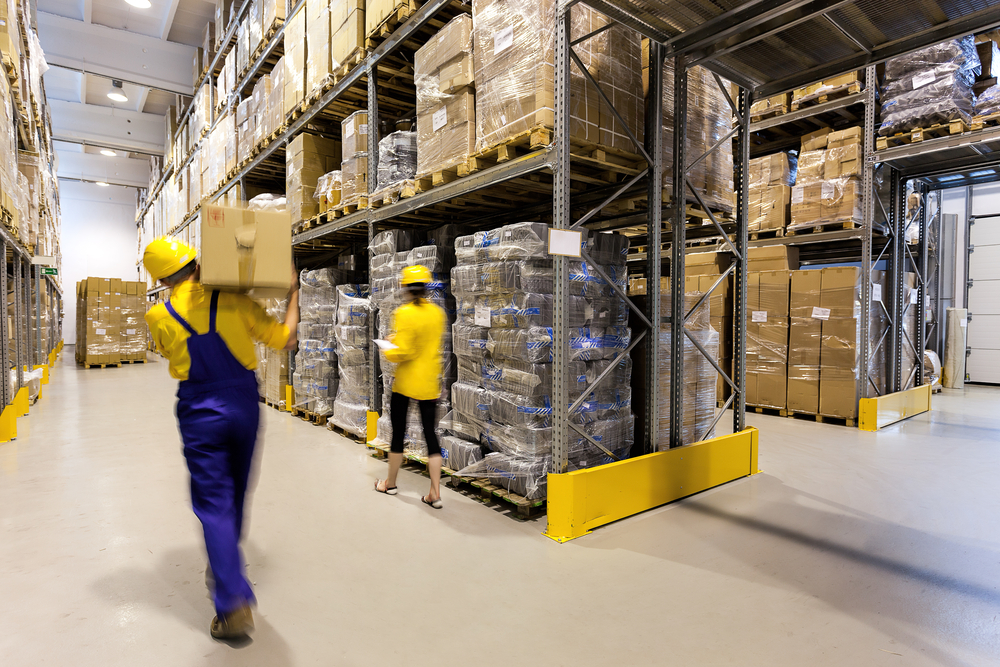
5 Tips for Effective Warehouse and Production Signage
Keep Reading

How to Maximize your Custom Label Options for Ecommerce Distributors
Keep Reading
Industries

Manufacturing
Increase efficiency and output in both the front office and shop floor with GO2.

Cannabis
Staying on top of this market can be difficult if you don’t have the right partner. GO2 Partners can help.

Ecommerce
As an ecommerce business, success starts with taking every opportunity to improve. GO2 Partners can help with a range of products and services.

